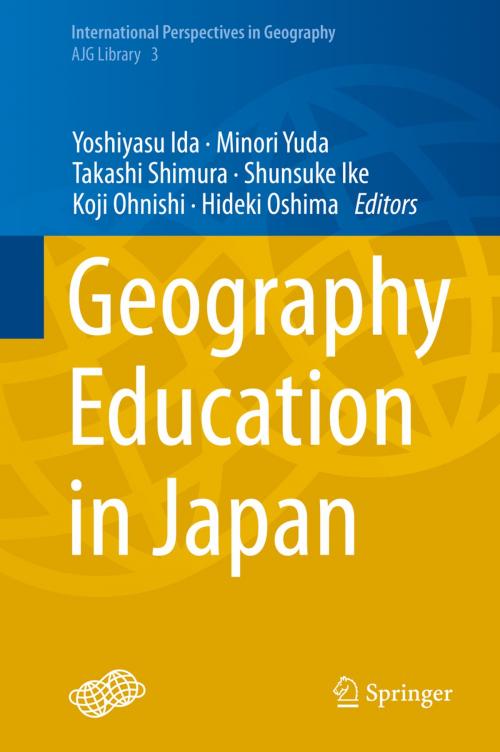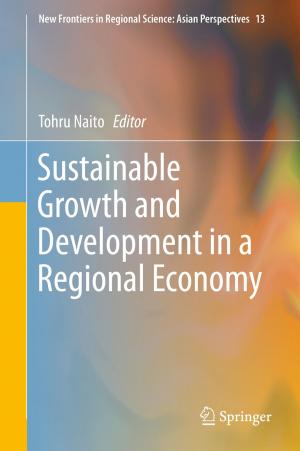Geography Education in Japan
Nonfiction, Science & Nature, Science, Other Sciences, Study & Teaching, Earth Sciences, Geography| Author: | ISBN: | 9784431549536 | |
| Publisher: | Springer Japan | Publication: | December 1, 2014 |
| Imprint: | Springer | Language: | English |
| Author: | |
| ISBN: | 9784431549536 |
| Publisher: | Springer Japan |
| Publication: | December 1, 2014 |
| Imprint: | Springer |
| Language: | English |
In a globalized market where the emerging workforce will increasingly travel within their nations and abroad for work opportunities, it is valuable to learn about the international education system and practices, to assess the competition. For example, annual comparison of student performance is measured across math and science subjects globally. What is not well known is how geography educational systems compare around the world and how student success in this subject translates to learning in other courses or employment after graduation. The importance of geography in our personal, professional, and civic lives is transparent when one considers how finding one’s way with a map, understanding of world cultures, or identifying spatial patterns of disease spread might influence the decisions we make. Written for a global audience, this is the first English publication on geography education in Japan, addressing some fundamental questions. What is the nature of the geography educational systems in Japan? How does the focus on content and skills in Japanese schools differ from that in other countries? This book includes 25 authors from diverse geography instruction and research experiences, making it an authoritative publication on Japan’s geography education system. The contribution of this book to the larger geography educational community is sharing the key strengths, concerns, and future of this school subject in English, where previously most publications were in Japanese. It will be a useful source for researchers and teachers to understand Japan’s evolving geography instruction in the past, present, and future. The 21 chapters are organized into themes, beginning with an overview of the geography education system in Japan, followed by chapters that deal with regional geography and fieldwork, teacher training, geography education’s contributions to society, and a comparative study of geography education across multiple countries. The book ends with a vision of geography education in the future.
In a globalized market where the emerging workforce will increasingly travel within their nations and abroad for work opportunities, it is valuable to learn about the international education system and practices, to assess the competition. For example, annual comparison of student performance is measured across math and science subjects globally. What is not well known is how geography educational systems compare around the world and how student success in this subject translates to learning in other courses or employment after graduation. The importance of geography in our personal, professional, and civic lives is transparent when one considers how finding one’s way with a map, understanding of world cultures, or identifying spatial patterns of disease spread might influence the decisions we make. Written for a global audience, this is the first English publication on geography education in Japan, addressing some fundamental questions. What is the nature of the geography educational systems in Japan? How does the focus on content and skills in Japanese schools differ from that in other countries? This book includes 25 authors from diverse geography instruction and research experiences, making it an authoritative publication on Japan’s geography education system. The contribution of this book to the larger geography educational community is sharing the key strengths, concerns, and future of this school subject in English, where previously most publications were in Japanese. It will be a useful source for researchers and teachers to understand Japan’s evolving geography instruction in the past, present, and future. The 21 chapters are organized into themes, beginning with an overview of the geography education system in Japan, followed by chapters that deal with regional geography and fieldwork, teacher training, geography education’s contributions to society, and a comparative study of geography education across multiple countries. The book ends with a vision of geography education in the future.















